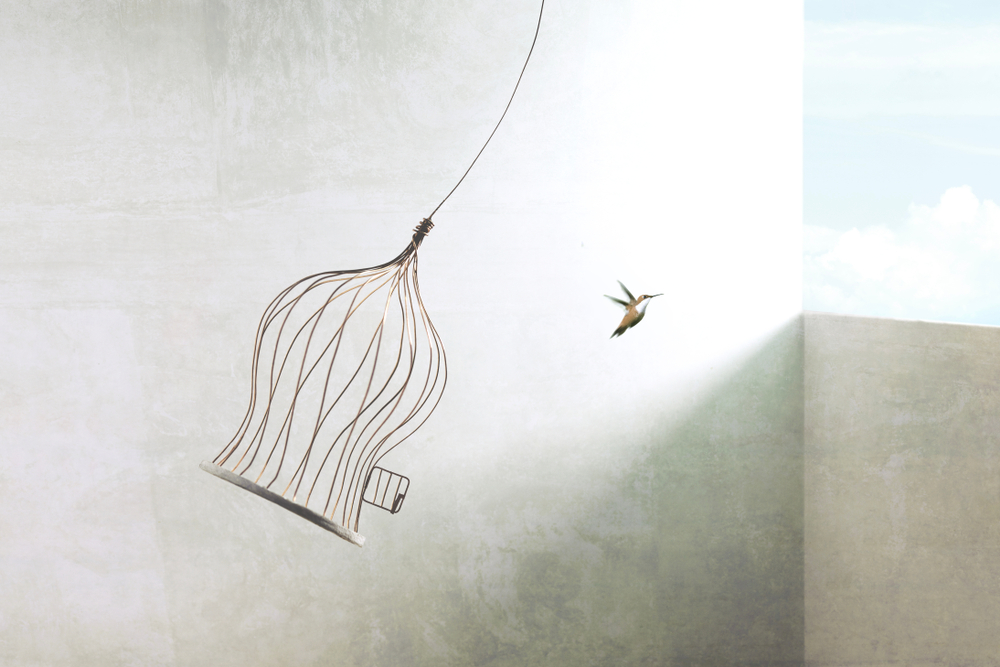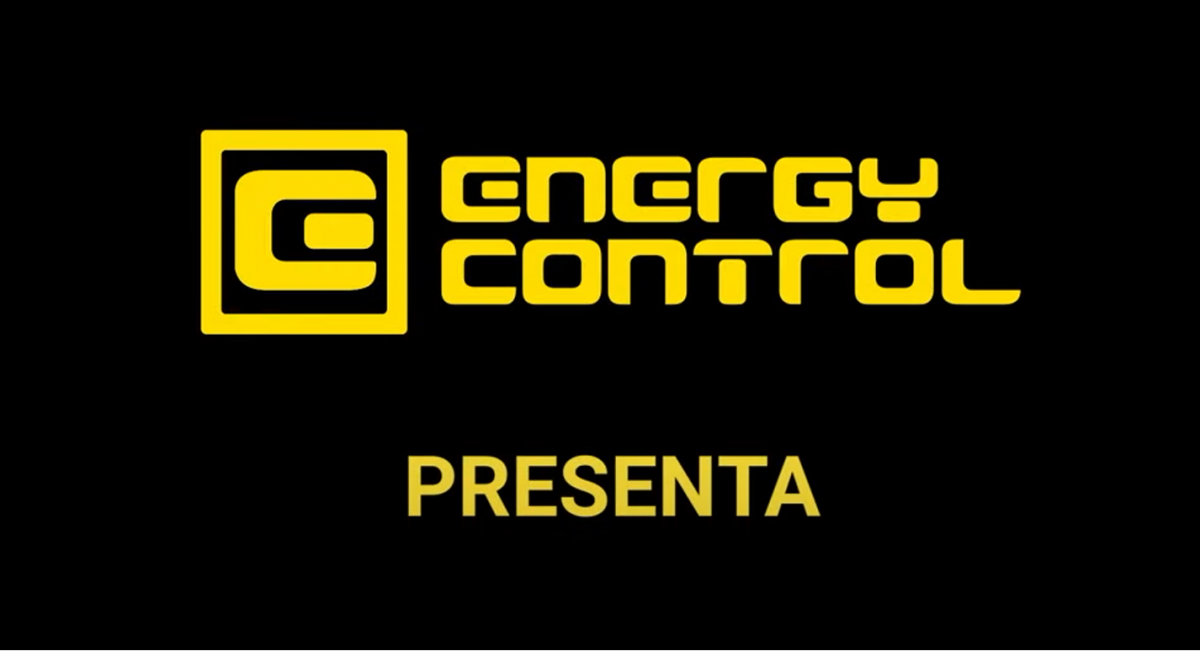I’ll never forget the time a relative casually called me a “junkie,” as I organised my collection of drugstore makeup and fancy soaps on my bathroom countertop. This particular incident stands out as memorable because it was so random – not connected to a specific instance of heroin use or recent drastic weight loss, but simply an out of the blue insult about my past use.
That’s the most insidious thing about the concept of the “junkie” – once you’re declared one by society, nobody will ever believe you’re anything more than that. It’s difficult to shake off that identity or “prove” you’re not a junkie once people have decided that’s what you are.
The junkie, a sub-human
Technically speaking, “junkie” refers to a subhuman zombie creature found in tabloids or other media sources. The “junkie” is a sociopath who will do anything for drugs. He – and I say “he” because this type tends to be gendered as male – steals, sells, kills, and betrays; all to get high. He lies about anything and everything. He scares small children and grandmothers. His clothes are dirty. He cannot hold done a job, is unhoused or lives in cheap lodgings, and is more often than not whatever ethnic minority is currently most feared by the type of conservative white person that reads the nation’s preferred reactionary media outlet. He is universally perceived as a separate, less-evolved species of being, a member of society that struggles to deserve the same rights as others. Most crucially, he is no more real than the greedy, hook-nosed caricatures or blackface monstrosity found in the most offensive, racist or xenophobic cartoons out there.
The junkie, a symbol
The “junkie” is simply a symbol found in popular culture, a fictitious zombified bogeyman, based on vague racist, anti-poor fears. I do not believe that any real human being truly fits the cliche of the selfish, mindless drug-zombie who will kill their own grandmother for a fix, steals everything that isn’t nailed down, and doesn’t care about anything aside from the next shot – despite the hundreds of stories circulating online that would try to convince you otherwise.
Although the junkie does not exist, real people – people who use drugs, Black people, unhoused people, those with mental illness, people with eating disorders – are regularly mistaken for him because they share one or more of his stereotypical traits. This is especially true of people known to take opioids, crack, or other heavily stigmatized drugs. Yet people who take these substances are simply human beings, as varied in their habits and appearance as our entire species is. Their drug use can range from entirely functional to debilitatingly addictive; but it should never be the main feature that defines them. It’s impossible to determine if someone uses certain drugs or struggles with addiction just by the way they look and behave.
In high school, when my grades began to drop because I was in an abusive relationship, my teachers briefly assumed drugs were the culprit even though I never consumed coffee, let alone opioids, until after graduation. My family assumed that the physical effects of my disordered eating were caused by drugs, even though during periods of drug use I ate more normally. Many of the supposed warning signs of “drug abuse” found on the internet – secrecy, problems at school, weight changes, neglected appearance, and a lack of motivation – could equally be symptoms of depression, PTSD, or eating disorders.
The junkie, a thief
Also, while there are certainly people with addiction who commit acquisitive crimes, this is not the inevitable result of drug use, nor something based in their inherent anti-social malice. The tabloid’s “junkie” is not to be confused with a desperate, hungry person; one acts out because he is bad and scary, the other steals to meet a need. Which one makes for a better scare-story?
If you’re able to afford your drugs, as I was, you don’t have to rely on such measures. Like so many of the societal issues associated in the popular consciousness with “hard” drug use, the real problem often lies with poverty, not drugs. People with stable jobs don’t steal to buy drugs. Wall Street bros don’t resort to crime when looking to score, not because they are more moral (they’re not known for being particularly virtuous), but because they don’t need to. Employed working-class people, particularly those lucky or white enough to escape police profiling also tend to pay for drugs with their earnings. As we know from historical records from before prohibition, which created the illicit market and vastly increased the price of drugs, “Opiates were cheap and readily available so [people with addiction] had little need to resort to crime to support their drug purchases”.
The junkie, an animal
Even those who struggle with addiction to stigmatised drugs like opioids or crack remain capable of making decisions and acting on their values. They are not animals, driven solely by base wants, but human beings with the same inherent value as their sober counterparts. Yet such people are often denied their humanity when perceived by other people. In one study evaluating the dehumanisation of British people who use drugs, “participants rated people who use heroin just as likely to feel primary emotions common to all animals, but less likely to experience uniquely human secondary emotions”. I believe this is directly related to the tabloid stereotype of the junkie, including the way the use of drugs like heroin and crack are portrayed on TV shows, in the cinema but also spoken about in the news.
Certainly, in addiction, people’s decision-making is impaired. People behave differently. But, as Dr. Hart’s research has shown, “impaired” isn’t the same as “obliterated”. That’s why Harm Reduction – a movement which, it must be noted, was built by the very people so often derided as “junkies” – is so effective. If we give people the tools they need (from harm reduction materials, to housing and financial support), people can care for themselves and their communities.
The junkie, a person
Even in the margins of society, human beings remain brilliant, empathetic and intelligent; but stigmatising labels seek to portray “junkies” as robbed of agency, as inferior slaves to the desires that all humans feel in one way or another.
In a sensible world, “junkies” would not be regarded as a separate group or sub-human species in the first place. People who take or have taken drugs are just people, as multifaceted and complex as anyone else. Drug use, even problematic drug use, is just one trait out of people’s diverse life stories, rather than their entire life or personality. Even people who sell drugs are just people, undeserving of the hateful vitriol they receive for selling substances that people want to consume in the first place.
The junkie, ourselves
When I used heroin, I still created art prolifically, read almost compulsively, studied various languages, maintained cherished friendships with people who didn’t take drugs (aside from occasional joints), and attended poetry open-mics almost nightly. It also helped that I wasn’t addicted. My social class and white skin also protected me from criminalisation and its life-long consequences. We must remember that people who use so-called “hard” drugs, both those with addictions and those without, are not so different from anyone else. If allowed to live in a safe, private, and comfortable way, free of the threat of imprisonment or social ruin, even the poorest and most eccentric-seeming drug user would be able to blend indistinguishably into conventional society.
In an era obsessed with diagnosis and compartmentalisation, we must learn to acknowledge the humanity of those around us instead of demonizing them as less-than-human. People who struggle with addiction, just like those who struggle with other troubles, and people who use “hard” drugs in less problematic ways are not monsters to be rejected or loathed, but variations of ourselves. They are who you might’ve been, in a different life.


